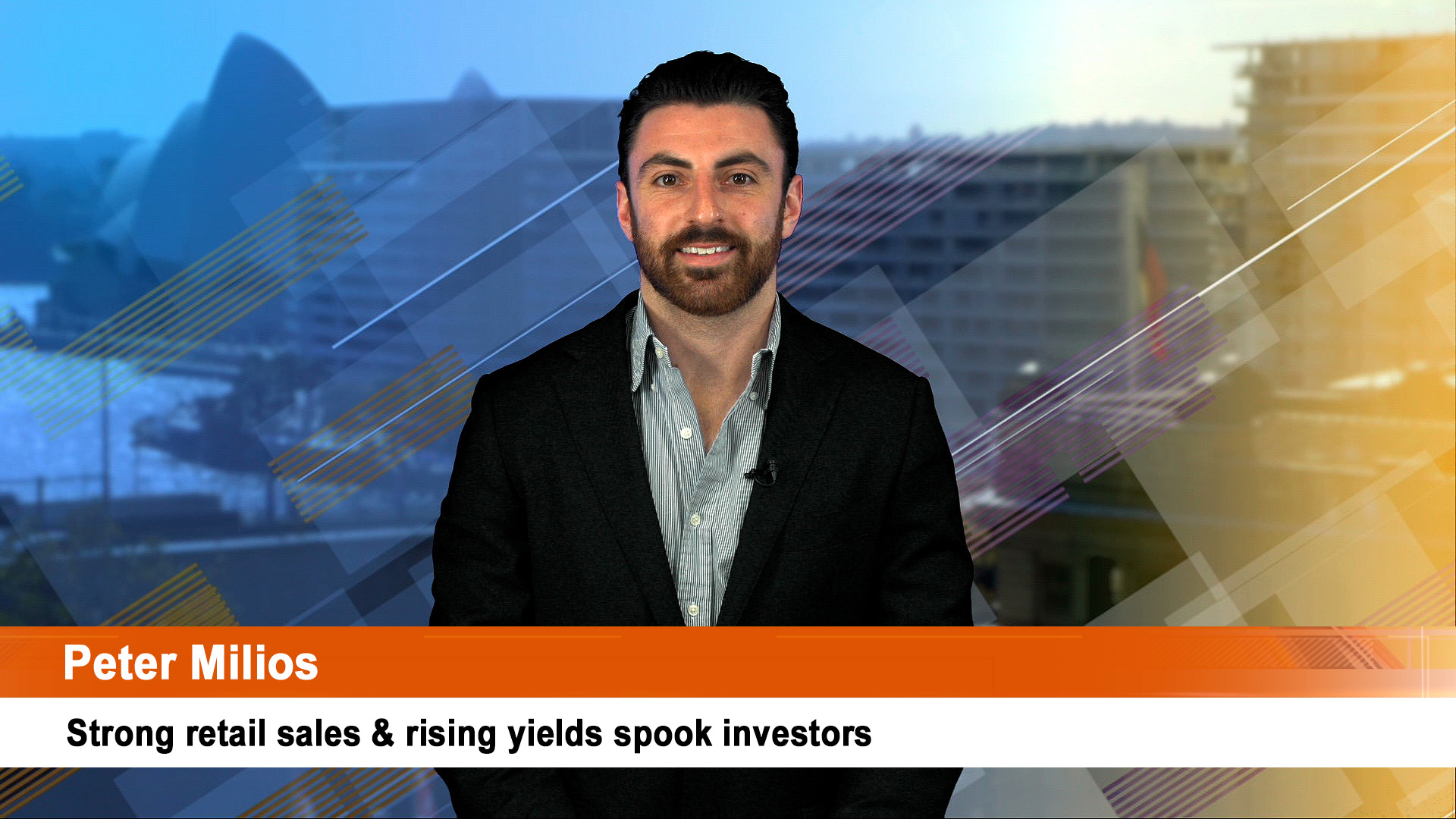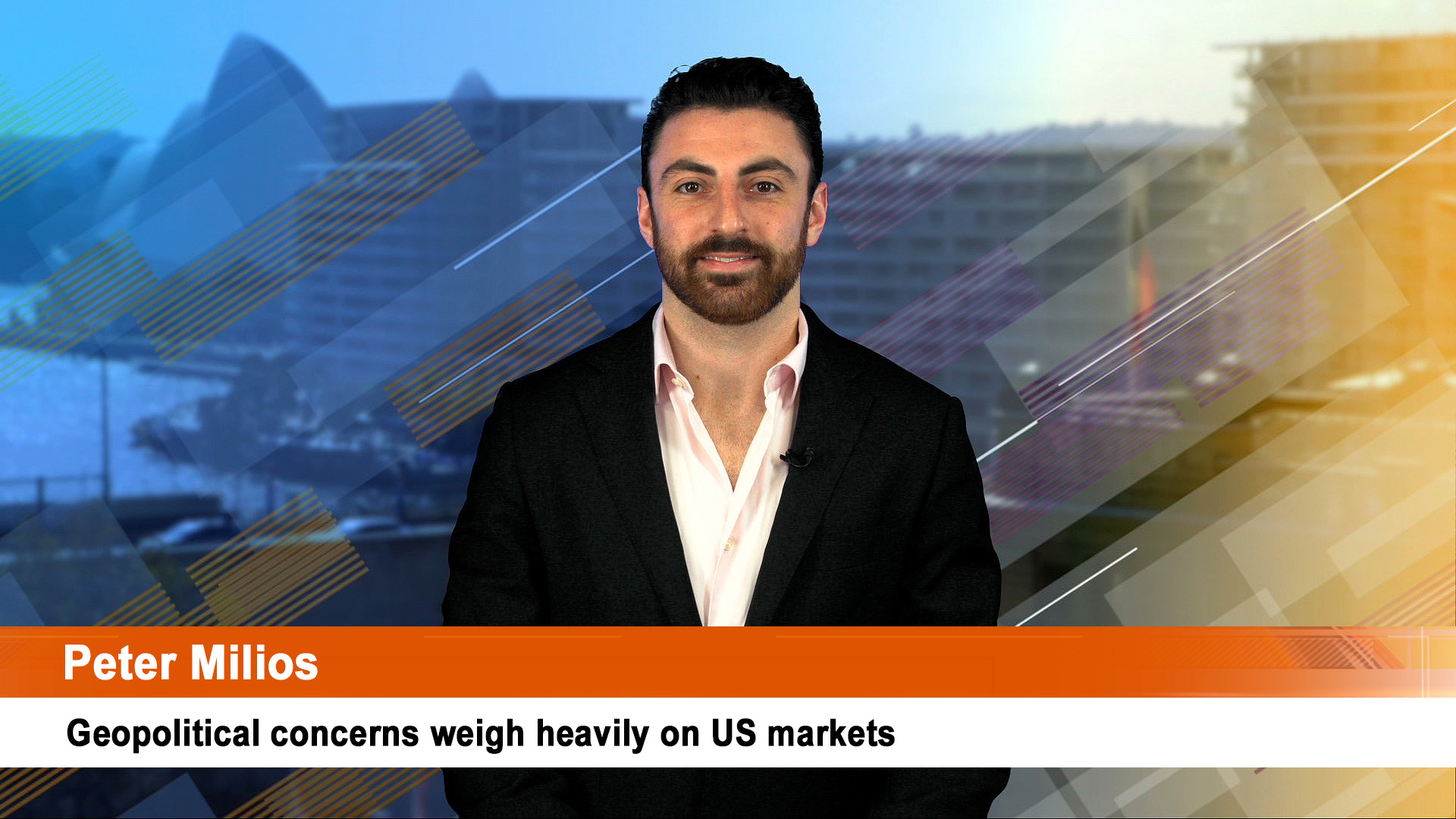Investors can be excused for feeling more than a little ‘dazed and confused’ (to quote a well-known teen film and song) after the very scratchy December quarter reporting period for the market leaders of the past few years – the megatechs (AKA the FAANGs).
If anything, this reporting period has ended the idea of these megatechs are a group (as the acronym FAANGs implied). They are now a discrete set of giants, with three breakaways – Apple, Microsoft and Alphabet Google.
Tesla, 2021’s market darling has been well and truly left behind in the shakeout. It is in effect a tech version of an old fashioned industrial like GM or Toyota (which are trying to remake themselves into Tesla clones, but from the opposite direction).
The bottom line from the quarterlies is that times are getting tougher for subscription driven companies like Netflix, Meta/Facebook and Spotify to retain the confidence of investors and analysts.
But not for the likes of Microsoft, Apple and Alphabet which seem to have broken from the megatech pack with solid results for the December quarter.
The collapse in meta (nee Facebook) shares and the selloff in shares of the streaming service, Spotify after they both reported indifferent quarterly results with uncertain outlooks re-ignited simmering fears among investors that the metgatech story was over and that the giants were not on their own, and not an investment idea collectively.
Meta firmed up its afterhours slump on Wednesday of 22% with a larger, 26%-plus collapse on Thursday – and Spotify turned its 12% slide after hours Wednesday into a 16%-plus slump on Thursday.
It was the largest collapse in Meta shares ever and slashed the company’s market value by more than $US230 billion – believed to be the largest one day fall in value ever.
The final megatech, Amazon reported after trading on Thursday and its figures held the line, it seems with a 9% rise in revenue for the quarter to $US137 billion (just on what the market had been forecasting.
But a $US11.8 billion gain on its stake in electric vehicle maker, Rivian and a boost to the cost of Prime deliveries saw investors ignore the negatives. That boosted net income for Amazon for the quarter to $US14.3 billion from $US7.2 billion. That implies that without the one off gain, Amazon struggled to lift earnings in the 4th quarter.
Rivian shares have fallen back under its issue price ($US78) at around $US60 so if that’s sustained, Amazon will be hard pressed to book any more one-off gains.
Investors though loved the news that Amazon was lifting the cost of its Prime service in the US to $US139 a year, a rise of $IS20 and the monthly fee by $US2 to $US14.99. That has been a story in the market for the past week or so.
Amazon doesn’t release accurate figures on the number of Prime members (unlike Netflix, for example with its subscriber numbers) but the general estimate is that there are around 150 million or more Prime subscribers globally.
The total increase a year for US Prime members will be at least $US44 which will be a handy multibillion dollar revenue boost at a time of rising costs.
But analysts noted that Amazon had guided for first quarter revenue to between $US112 billion and $US117 billion, well below the average market estimate of $US120 billion, but up from $US10.8 billion in the March, 2021 quarter, which is hardly out performance.
Despite these weaknesses, Amazon shares jumped more than 16% after falling over 7% in regular trading – a relief rally if ever there was one with investors glad there wasn’t the murkiness there was in the meta results and chat. Amazon shares eased back to around a gain of 14% which suggests some second thoughts among investors.
Shares in Snap surged 52% in afterhours trading when it revealed its first ever quarterly profit. That was another relief rally of ever there was one but the result might just help investors overcome some of their scepticism about big techs.
The bad news from Meta (Facebook) and Spotify infected the better performing big techs – Microsoft shares lost more than 3.3% on Thursday, Alphabet shares were down 3.6%, and Apple shares eased 1.7% and Netflix, which was the first megatech to disappoint this reporting season, its shares down more than 5%, ending a rally in the wake of its initial slump.
The Nasdaq sold off heavily, falling 3.7% on Thursday and is now down in correction territory with a drop of more than 11% year to date. The recent rally in techs and Nasdaq was well and truly wiped out
The raly came as US analysts and investors had been reassured by the better-than-expected results from Apple and Alphabet, not to mention Microsoft which isn’t as dependant these days on subscriber numbers to reassure investors.
Then Meta Platforms (AKA Facebook) released its results with a 7% plus run up in the days before dropping the December quarter numbers after the market had closed for the day.
That release saw its shares collapse in afterhours trading on Wednesday on the weaker than expected numbers in the report and with a weak and confusing outlook for the March quarter.
The shares fell more than 22% in less than an hour in Wednesday’s afterhours trading and on Thursday, the slide went deeper, the shares dropped more than 26% with the loss of value a massive $US230 billion. They are now at levels last seen in July, 2020.
The size and nature of the fall – and one from streaming music business Spotify on Wednesday – had echoes of the first big slide in this reporting season from a subscriber driven tech giant in Netflix which saw a more than 20% slump in its market value in a day.
The weak results from both Meta and Spotify shocked Wall Street.
Analysts had been forecasting a moderate beat on their estimates for Meta and the shares were up 1.25% in normal trading on Wednesday, taking the gain in the past five trading sessions to more than 9% and cutting the loss in 2022 so far to less than 4%.
In other words, most investors were not expecting the news they were given on Wednesday – and the year-to-date loss has now ballooned to close to 30%.
The Meta/Facebook loss is in direct contrast to strong quarterlies from other tech giants such as Apple, Microsoft and Alphabet – results which went a long way to restoring confidence in the megatechs after the recent sell-off.
The Meta/Facebook figures have re-ignited that pessimism and while the Amazon shares rose strongly, there were enough one offs in the release that will leave investors underwhelmed and wary for the next few quarters.
Meta’s revenue for the quarter was $US33.67 billion vs $US33.4 billion expected by the market and up 29% from just over $US28 billion a year ago at the end of 2020. Costs jumped 38% though, another reason investors sold off the shares.
Net income fell (yes, fell) 8% to $US10.285 billion from just over $US11.2 billion, again a shock to the market. That was explained as the rising cost of the company’s ambitions for the ‘metaverse – the virtual world that will replicate what is happening in the real world but without much of the negatives.
But CEO Mark Zuckerberg got closer to the truth when he pointed out that people were spending more time on the Chinese-owned TikTok and other social media (Facebook) was suffering a decline in time spent on screens.
Also hurting Facebook and other Meta platforms has been the tougher privacy rules Apple introduced last year.
Active user numbers grew – 8% year on year for the group daily active people as a whole on a daily basis to 2.82 billion, but Facebook daily user numbers grew a sluggish 5% to 1.93 billion – the market had been looking for 1.95 billion. Monthly active users of 2.91 billion were also short of market estimates of 2.95 billion.
But what really troubled investors was the warning about ‘headwinds’ for the current first quarter of 2022.
“We expect first quarter 2022 total revenue to be in the range of $27-29 billion, which represents 3-11% year-over-year growth. We expect our year-over-year growth in the first quarter to be impacted by headwinds to both impression and price growth.”
The company though is also paying the price for all the bad publicity in the US and elsewhere over the policing of its platforms and content on vaccinations, and other issues.
The weak performance was a sell signal for many investors, it seems and the big question now from early broker comments is how Meta/Facebook rebuilds its attraction to investors.
…………
Shares in music streaming service Sportify slumped more than 17% in afterhours trading on Wednesday as well after it came up with forecasts for 2022 that fell short of market expectations.
The shares were down more than 5% in regular trading, slumped a further 17% in early after hours dealing and then recovered to be down 12% after management held their earnings call.
But the relief was temporary and the shares ended down more than 16% in Thursday’s trading to be down more than 32% year to date.
But they bounced 1.5% in the wake of the Amazon quarterly report.
The company said monthly active users rose 18% to 406 million for the fourth quarter of 2021, up from 381 million a year earlier as premium subscribers rose 16% 183 million and revenue grew 24% to 2.69 billion euros.
It reported its numbers as controversy swirled around podcaster Joe Rogan and the growing number of recording artists who are having their music taken off Spotify because of some of Rogan’s comments on current issues, such as Covid and vaccinations.
That looks like being a bigger issue this quarter, especially if the boycotts grow.
The shares plunged 17% in after-hours trading on disappointing growth forecasts and a re-working of the way it will present its guidance from now on.
Spotify said that at the end of the December quarter it had had 3.6 million podcasts on its platform (up from 3.2 million at the end of the third quarter) and saw a double-digit increase in the number of users who engaged with podcast content relative over the three months.
It said podcast share of overall consumption hours reached another all-time high. It didn’t refer to the Rogan controversy in its statement.
But while the first quarter estimate for active users was set at 418 million, analysts had expected more – the market forecast was 417.8 million. It expects to have 183 million premium (paying) subscribers – a year ago that was 158 million.
The company made no mention of the ongoing controversy over podcaster Joe Rogan in its report, which has led musicians to pull their music from the platform. At the end of the quarter, it had 3.6 million podcasts on the platform, compared to 3.2 million the quarter prior.
In a conference call the company’s senior executives were guarded in what they said about the boycott (by boomer stars, it must be said) and added that it was too early to talk about any financial pain, but they did acknowledge that it was possible.
But what seems to have triggered the selloff was the news a change in the nature of its guidance.
Spotify said that “since the vast majority of our initiatives are multi-year in nature and measured as such, we no longer plan to issue annual guidance.”
For quarterly guidance, the company said it would provide a “single estimate for each metric instead of a range of outcomes.”
To analysts and investors that sounded like the company expects slower growth, which is not welcomed, as the likes of Netflix found when it forecast a modest 2.5 million increase in new subscriber numbers in the March quarter of 2022.
That was short of market forecasts and down went the shares and there’s another subscription driven business model that will be subjected to greater scrutiny by investors who have come to accept the numbers without too much second thoughts.












